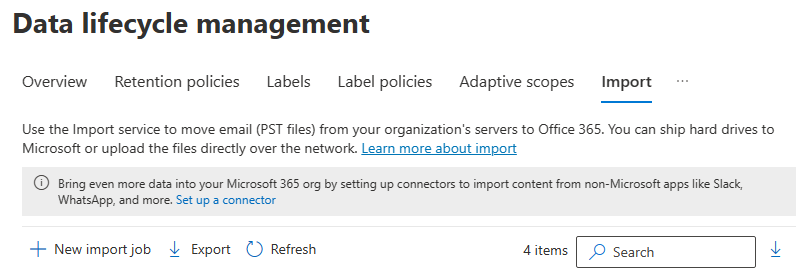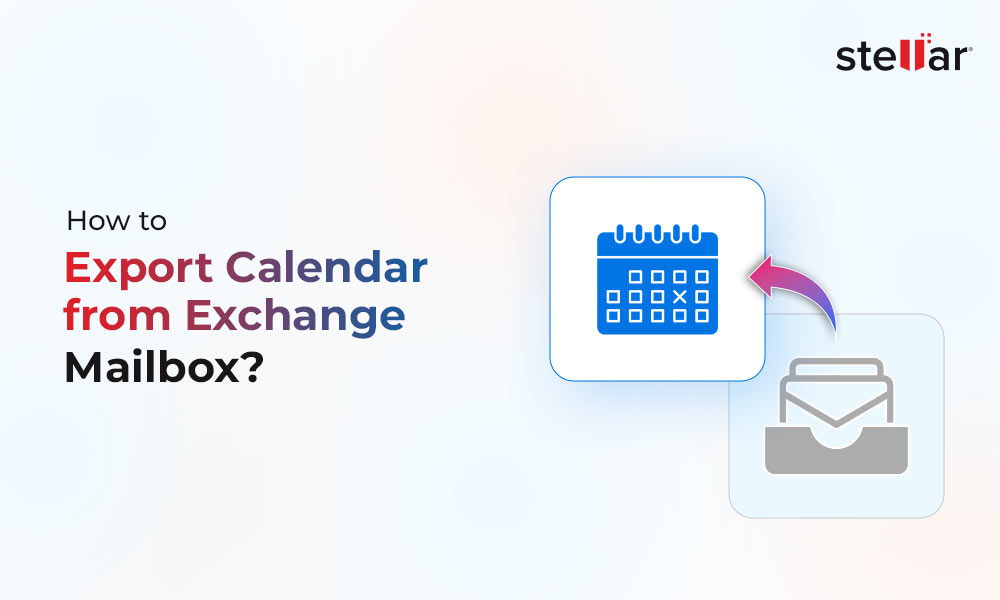In recent years, we have seen that a lot of businesses are shifting to Office 365 (Microsoft 365) - a cloud-based service. Although on-premises Exchange Server 2019 has brought some great features and reliability to the platform, the collaboration tools and automation that Office 365 brings are the main reasons for shifting to the cloud-based service.
Although some services remain on on-premises, the biggest reason to go to cloud is the feasibility it offers. With Office 365, you wouldn’t have to worry about the Windows patching, security at network level and account level, and failover or uptime of the system. With Office 365, you only need to worry about the operational cost as you don’t have to incur any capital cost on hardware and maintenance of hardware and software. With Office 365, you get features like Office 365 Groups, Power Automate for automation, OneDrive, SharePoint, Teams, and other collaborative features.
Ways to Migrate Exchange Server 2019 to Office 365
If you’re planning to migrate from Exchange Server 2019 to Office 365, then there are various methods to do so. Below, we have mentioned different ways to migrate from Exchange Server 2019 to Office 365. You can choose the suitable method as per your needs.
Cutover Migration
This is the most used method when it comes to migration of data in small companies. Cutover Migration involves setting up of the Office 365 tenant, distributing the passwords to the users, and switching the DNS to the Office 365. The migration happens afterwards. The steps involved are as follows:
- Make sure you have access to the internet domain’s DNS as you would need to shift the MX record to Office 365. Once this is in hand and you have sent the mail to all the users explaining what will happen with their respective credentials, you can change the MX record to point to the Office 365 record.
- After the internet has fully propagated the change of DNS, you can start exporting the data and importing it into Office 365.
- You need to use the migration batches to shift the data to Office 365 after you have connected the Office 365 with the local server using the Outlook Anywhere migration endpoint. You can also use the Upload PST method where you can use the New-MailboxExportRequest command to export all mailboxes to PST.
New-MailboxExportRequest -Mailbox User1 -FilePath \\EX01\PSTFiles\User1.pst

- From the portal, you will get a temporary blob storage from Microsoft and upload all the PST files there.
- On the Data lifecycle management window, create a new import job which will give you the key and blob storage location.

- Once you have the Blob storage information and the key, you can use the AzCopy command to upload the PST files on the storage.
- Once this is ready, you need to prepare the CSV file for mapping the PST files to import them to respective mailboxes.
IMAP Migration
You can also use the IMAP protocol to migrate to Office 365 from your local server. Before proceeding, you need to disable Messaging Records Management (MRM) or archive policies, if you have any. Also, you need to consider the following:
- Migration is limited to user mailbox data without calendar, contacts, and tasks.
- Cannot be used to migrate public folders and other resources.
- The migration will only allow up to 500,000 items from a user’s mailbox.
- An email must not be larger than 35 MB.
- You need specific access to all the mailboxes being migrated.
For this method, you need to create a migration endpoint from the Exchange Admin Center on the Exchange Online and then create a migration batch in the Migration section in the Exchange Admin Center in your Exchange Online system.
Hybrid Method
Hybrid Method is the preferred method when having an Exchange Server 2019. In this, you need to install the Hybrid Configuration Wizard. This will create a connection between the local server and Office 365 (Exchange Online) and both act as one. You will have some mailboxes hosted locally and some online. Email delivery will be sent to the local server. If the mailbox is on cloud, it will be routed accordingly. With this method, you can smoothly create a transfer of mailbox. It will synchronize the mailbox to the cloud. Once the migration is set to complete, the move will be final. Although it is the smoothest migration, it is the slowest one and needs several requirements to work.

Using an EDB to PST Converter Tool
You can easily cutover the MX record to the cloud with no impact or issue. After that, you can use an EDB to PST converter tool, such as Stellar Converter for EDB. With this tool, you can open any version of Exchange Server database, with no size limit and browse through them. You don’t even have to have a functioning Exchange Server to export the data or the mailbox to be mounted.
Granularly, you can export the required mailbox to PST and other file formats. You can also export directly to a live Exchange Server or an Office 365 tenant. This is not limited to exporting user mailboxes, but can also export user archives, disabled mailboxes, shared mailboxes, and even public folder. It offers features, such as automatic mailbox matching, priority and parallel exports, and continuation in case of interruption.
Conclusion
Above, we have mentioned different methods to migrate from Exchange 2019 to Office 365. The cutover migration is good but you need the expertise to export the mailboxes to PST, set the upload process, and import the PST into mailboxes. This method only allows you to import mailboxes.
With the IMAP migration, you can only import user mailbox data without calendar contacts and other data. So, these would need to be manually imported. Also, there is a limit on size and number of items.
The hybrid method is the smoothest but slowest method. You will need to have the Exchange Server and Outlook Anywhere working in perfect shape and fully updated. You will also need to have a good connection, along with the certificates and services in place. Also, you need the expertise of an Exchange Server administrator to plan and execute this.
Stellar Converter for EDB is the right application when it comes to migration as you can easily open multiple live, orphaned, or offline EDB databases, from any Exchange Server version and with no size restriction. You can easily import the data into Office 365, along with public folders. The application offers an easy-to-use interface and requires no particular skills to perform the process.















 4 min read
4 min read-to-Office-365-1733.jpg)





